In Indonesia and the Philippines, the increased rainfall during the yearly wet season increases the risk of liquefaction of nickel ore bulk cargoes loaded in the regions.
Recent reports on the condition of wet nickel ore cargoes presented for loading in Indonesia highlight the importance of heightened vigilance. These cargoes – usually transferred via barges – often bear little resemblance to the transportable moisture limit (TML) and moisture content (MC) as declared on the certificates provided. Masters are frequently under pressure from shippers not to reject these cargoes despite its observed condition.
Even if the cargoes are rejected, they often undergo the ineffective process of ‘air-drying’ before being presented once again to the vessel.
112 seafarers’ lives and 12 vessels have been lost to liquefaction incidents since 2005. Avoid becoming another statistic – strictly follow the requirements of the IMSBC Code.
You can access our training pack on how to carry out a ‘Can Test’ here. Remember, this simple test, when done properly, indicates when a cargo could be unsafe. It could save your and your shipmates’ lives.
Members are reminded of our Circulars in relation to loading nickel ore and the requirement to notify North when planning to load nickel ore from the Philippines or Indonesia.
- Circular Ref: 2012/023 – Dangers of Carrying Nickel Ore from Indonesia and the Philippines – Mandatory Notification Requirements.
- Circular Ref: 2011/009 – Indonesia and the Philippines – Safe Carriage of Nickel Ore Cargoes.
Author: Alvin Foster
Deputy Director (Loss Prevention)

 , you have now set your site language to English. If you'd like to change your language preference again, simply click on one of the other flags.
, you have now set your site language to English. If you'd like to change your language preference again, simply click on one of the other flags. を選択して頂くと、言語設定が日本語に切り替わります。設定変更後は以下の機能が利用可能です。
を選択して頂くと、言語設定が日本語に切り替わります。設定変更後は以下の機能が利用可能です。
 ,可将网站语言设置为中文。这能帮助您:
,可将网站语言设置为中文。这能帮助您:




